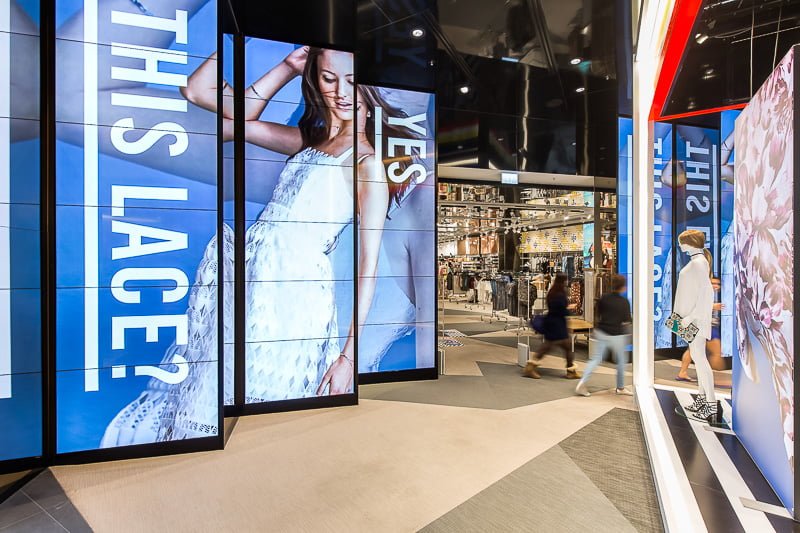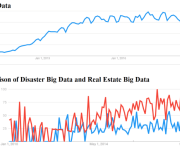Digital Signage Analytics: Using Data to Boost Digital Signage Impact
Digital signage has always had one problem: data collection. This issue arose because it was quite difficult for businesses to collect data on the digital signage they had out there. How could they know how many people saw their signage? How could they know if these people took an action based on the content they saw? The approach agreed upon was to put the signage out and hope it produced the desired result.
Digital Signage Analytics
Digital signal analytics is computer vision technology that provides data and information on an audience that sees and interacts with digital signage. Advertisers and businesses who put their content on digital signage want to know if people are seeing this content, how many people are seeing it, and granular details such as demographics about these people. With all this data collected, how can businesses use it to ensure their signage has the desired impact, be it more website or store visits, brand awareness, or an increase in revenue?
Breaking Down Consumer Characteristics
There are lots of digital signage audience analytics options available that help collect data on consumer activity and behaviour. By using cameras mounted on top of the signage or installed in the monitors, businesses and advertisers can collect information about the people who view their content. This data can range from what a person saw to how long they looked at the signage. Businesses can then use this information to refine various factors such as their content, playlist order and duration of each piece of content on the signage.
Additionally, businesses can learn which content works best with which types of audiences and tailor the content to these audiences. This way, businesses can ensure the content on their digital signage has a better impact.
Informing the Future Using Present Data
When businesses have various tools for collecting data available to them, they should use them to connect different types of data to inform what they should show on their digital signage. Many businesses have sensors on their doors to collect data on footfall. With better data about footfall and who enters a store, businesses can adapt their digital signage content for different types of customers, various times of day and for different seasons.
When setting up LED signage in the future, businesses can use this data in combination with other digital signage data to know when to display its key messaging, when to show offers and when to only show informational content. During the less busy periods, businesses can show information such as their social media feeds, news information, QR codes, prompts, and other informational content.
Gauging Consumer Interests
Sophisticated digital signage systems can also show what people are most interested in. Using embedded cameras, these systems can check for head poses and eye positions to know what people are looking at. This information on what people are interested in can then be used to tailor digital signage messaging depending on what different types of shoppers are looking at. For example, those shopping during the day might be interested in different products from those who shop in the evening. The two types of shoppers should not be shown the same content on your digital signage.
Feedback on Campaign Performance
Businesses and advertisers spend a lot of time and money optimising their campaigns and the content that goes into these campaigns. Once this content goes on the screen and there is no feedback, the business or advertiser might think the campaign is going well. They may then decide not to create a new one or create one using the same principles.
With analytics, businesses can know how their campaigns are doing so they know if they need to create new ones or re-examine the principles they use to create their campaigns. By knowing what works and what does not, businesses and advertisers can continuously improve their messaging and content to improve the impact of their campaigns.
With the technology we have available today, businesses and advertisers can collect a lot of data on their consumers. One area where this is crucial is in digital signage where tweaks have to be made, content improved, and new strategies applied to ensure continued positive impact and return on investment of advertising campaigns.

























